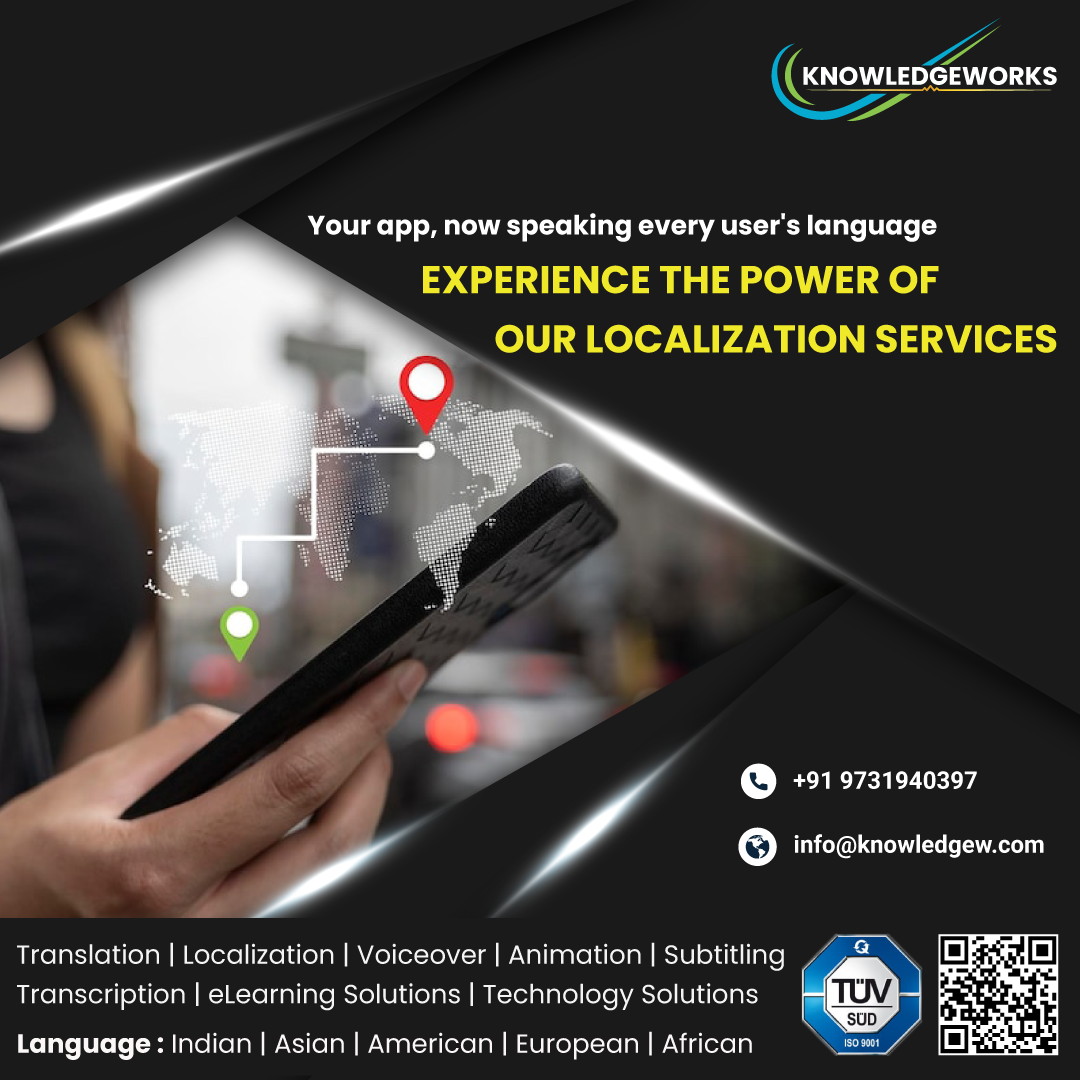In today’s global marketplace, businesses are reaching audiences across borders more than ever. While translating text is an essential part of this process, it’s only one piece of the puzzle. Visual content—including images, colours, and symbols—plays a critical role in communicating your brand message effectively. Without careful localization, visuals can be misinterpreted, offend cultural sensitivities, or fail to resonate with the target audience. This is where professional localization services become invaluable.
Understanding Cultural Nuances in Visuals
Different cultures perceive images and symbols in unique ways. For instance:
Colours: While white represents purity and peace in many Western cultures, it is traditionally associated with mourning in some Asian countries. Similarly, red may signify luck in China but can be linked to danger or warnings in other contexts.
Images: Visuals that include gestures, clothing, or local customs must be carefully adapted. A hand gesture considered friendly in one country may be offensive in another.
Symbols: Icons, logos, or metaphoric imagery often carry culturally specific meanings. Without adaptation, a symbol may confuse or alienate your audience.
Why Visual Localization Matters
Poorly localized visuals can have serious consequences. Miscommunication can lead to negative brand perception, lost sales, or even social backlash. Conversely, culturally adapted visuals create emotional connections, enhance brand credibility, and improve engagement across global markets.
Professional localization services go beyond simple translation—they analyze cultural contexts, audience expectations, and visual aesthetics to ensure your content resonates universally.
Best Practices for Localizing Visual Content
- Research the Target Market: Understand local cultural norms, taboos, and preferences before finalizing visuals.
- Adapt Colours Strategically: Choose colours that evoke the desired emotional response in the target audience.
- Modify Symbols and Icons: Replace or redesign symbols that may not translate culturally.
- Test with Local Audiences: Gather feedback from native users to ensure visuals convey the intended message.
- Integrate with Overall Localization Strategy: Combine visual adjustments with text, tone, and UX for a seamless user experience.
Conclusion
Visual content is a powerful tool for global communication, but only if it is properly adapted for different cultures. Investing in professional localization services in Hyderabad ensures that your images, colours, and symbols speak the right language to every audience. By respecting cultural differences and tailoring visual content accordingly, businesses can strengthen brand identity, build trust, and succeed in international markets.





Comments